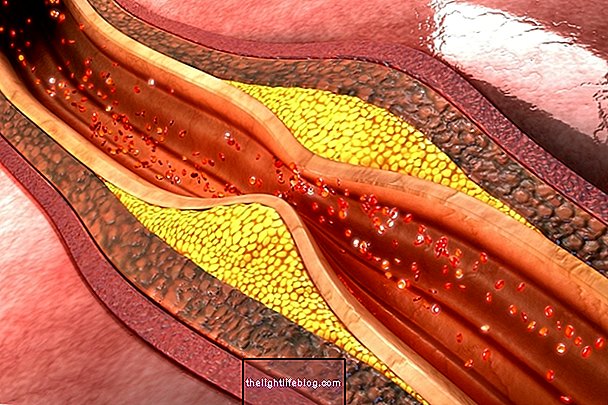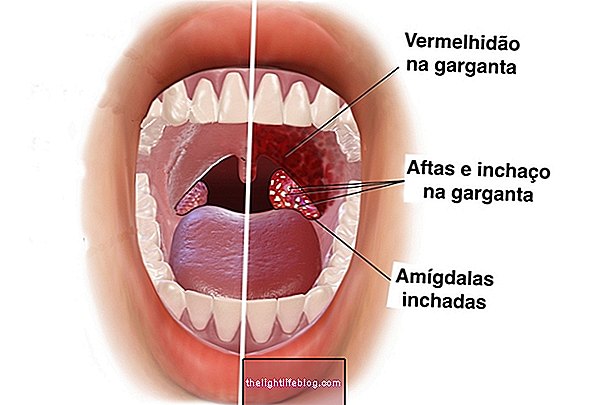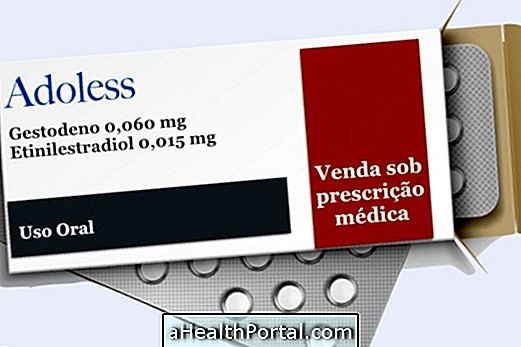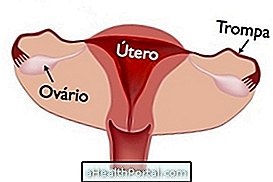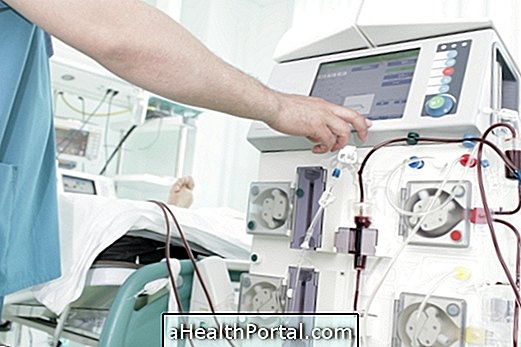Atherosclerosis is a chronic disease characterized by a large inflammatory process that occurs due to the accumulation of fatty plaques inside the vessels over the years, which ends up resulting in the blockage of blood flow and favoring the occurrence of complications, such as infarction and stroke.
Plaques of fat can accumulate in arteries that supply the kidneys and other vital organs, which can impair the functioning of these organs. These plaques are mainly made up of bad cholesterol, LDL, which is why it is important to maintain ideal cholesterol levels throughout life through a balanced, low-fat diet and regular physical activity.

Atherosclerosis symptoms
Atherosclerosis is a silent disease in which the accumulation of fat happens over time and, therefore, symptoms are only noticed when the blood flow is severely impaired. Symptoms may vary according to the artery that is affected, but in general they can appear:
- Pain and / or feeling of pressure in the chest;
- Difficulty breathing;
- Mental confusion;
- Dizziness;
- Weakness in the arm or leg;
- Temporary loss of vision in one eye;
- Increased blood pressure;
- Excessive tiredness;
- Signs and symptoms of kidney failure, such as strong, foamy-smelling urine, tremors and cramps, for example;
- Severe headache.
These symptoms usually arise when the artery is already totally or almost totally blocked, with a change in the supply of oxygen to the organs and tissues of the body. Therefore, as soon as symptoms indicative of atherosclerosis appear, it is important that the person goes to the hospital for the diagnosis to be made and treatment to begin, avoiding complications.
How the diagnosis is made
The diagnosis of atherosclerosis should be made by the cardiologist initially through laboratory tests that assess the lipid profile, such as total cholesterol, HDL and LDL, triglycerides, CRP and apolipoprotein.
In addition, to confirm the diagnosis, the doctor may indicate the performance of other tests such as catheterization, cardiac angiotomography, stress test, electrocardiogram, echocardiogram and myocardial scintigraphy, which can identify the presence of coronary artery disease, which has one of the causes atherosclerosis.

Main causes
Atherosclerosis can happen as a result of several situations, and it can be genetic, due to lifestyle or as a result of aging. The main causes of atherosclerosis are:
1. Unhealthy eating
Frequent consumption of high-fat foods such as cakes, cookies, processed or processed foods, for example, increases levels of bad cholesterol in the blood, which can accumulate on the walls of arteries, causing atherosclerosis. The deposit of fat inside the arteries, over time, can decrease or completely block the passage of blood, which can cause stroke or infarction.
2. Cigarette and alcohol
Smoking can damage the artery walls, making them narrower and less elastic. In addition, smoking also decreases the blood's ability to carry oxygen to the body, which increases the chances of a clot forming.
Excessive alcohol intake can cause hypertension and increase blood cholesterol levels, increasing the risk of developing atherosclerosis.
3. High blood pressure and diabetes
High blood pressure is also one of the causes of atherosclerosis, because when the pressure is high, the arteries have to make a greater effort to pump blood, which causes the walls of the arteries to start getting damaged. Diabetes can also promote atherosclerosis due to excess blood sugar, which can damage the arteries.
4. Obesity and physical inactivity
Excess weight or obesity makes a person at a higher risk of developing atherosclerosis, because the risk of developing high blood pressure, diabetes or high cholesterol is greater. In addition, a sedentary lifestyle also contributes to the appearance of atherosclerosis because fat is more easily deposited inside the arteries.
5. Heredity
If there is a family history of atherosclerosis, there is an increased risk of developing atherosclerosis, even if the person has healthy lifestyle habits. Atherosclerosis is more frequent in the elderly, especially males, and can reach any blood vessel, with coronary arteries, aorta, cerebral arteries and arteries of the arms and legs being the most affected.

Treatment for atherosclerosis
The main objective of atherosclerosis treatment is to restore blood flow, which can be achieved by removing fatty plaques from the arteries through surgery, angioplasty and / or using medications that should be used as instructed by the cardiologist.
Medicines that can be recommended by the doctor are able to improve blood flow and, consequently, oxygen to the heart, regulate the heartbeat and lower cholesterol. It is important that the treatment for atherosclerosis is done according to the doctor's guidance to avoid the appearance of complications, such as infarction, stroke and kidney failure, for example. See more about treatment for atherosclerosis.
Regardless of the treatment recommended by the doctor, it is important to change life habits, especially those related to the practice of physical activity and food so that the amount of bad circulating cholesterol and the risk of developing atherosclerosis will be reduced, and it is important to avoid fatty foods as much as possible. . Check out in the video below what to do to lower cholesterol:

Was this information helpful?
Yes No
Your opinion is important! Write here how we can improve our text:
Any questions? Click here to be answered.
Email in which you want to receive a reply:
Check the confirmation email we sent you.
Your name:
Reason for visit:
--- Choose your reason --- DiseaseLive betterHelp another personGain knowledge
Are you a health professional?
NoMedicalPharmaceuticalsNurseNutritionistBiomedicalPhysiotherapistBeauticianOther
Bibliography
- CENTER FOR RESEARCH FOR INFLAMMATORY DISEASE. Atherosclerosis. Available in: . Accessed on 01 Oct 2019
- NATIONAL ACADEMY OF MEDICINE. Atherosclerosis: what it is, how to prevent. Available in: . Accessed on 01 Oct 2019
- FILHO, Roberto Kalil; FUSTER, Valentin. Cardiovascular Medicine: Reducing the impact of disease. 1.ed. São Paulo: Atheneu, 2016. 377-378; 385.
- NATIONAL HEART, LUNG AND BLOOD INSTITUTE. Atherosclerosis. Available in: . Accessed on 02 Jan 2020
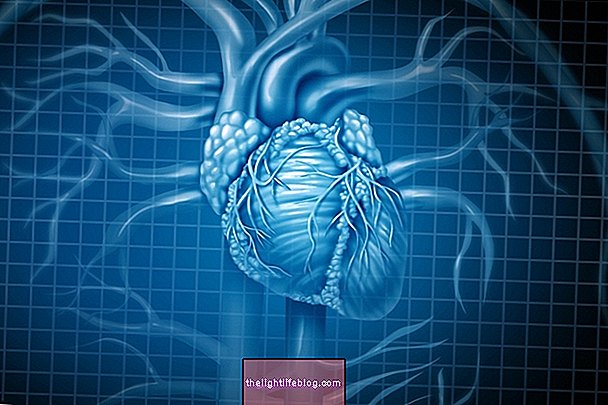

-o-que--causas-e-tratamento.jpg)
